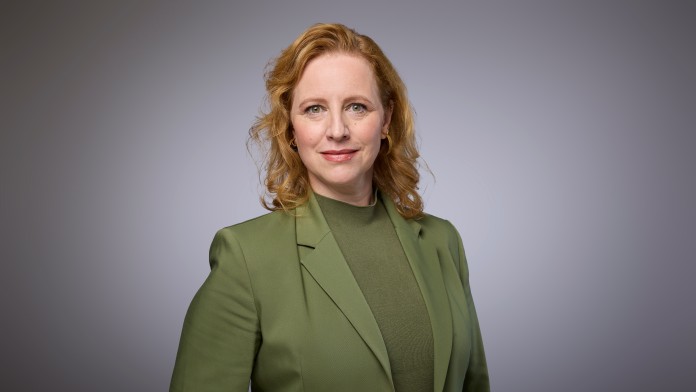Press Release from 2021-10-18 / Group
KfW Credit Market Outlook: Business lending market continues its downturn
- Drop of 12.7% year on year in 2nd quarter of 2021
- Slump is due to continuing low demand
- KfW Research expects trend reversal in third quarter
German businesses and self-employed persons borrowed significantly less in the second quarter than in the same period last year. According to calculations by KfW Research, new lending by banks and savings banks to business customers contracted by 12.7%. The last time there was a higher percentage drop was during the global financial crisis. The speed of the downturn in the credit market since the beginning of the year has thus nearly doubled. But the trend should reverse in the third quarter that just ended. KfW Research expects the rate of contraction of new lending to drop to -8%.
As was already the case in the first quarter of 2021, a negative base effect weighed on the growth rate of new lending in the second quarter as well. Many businesses resorted to borrowing in the first half of 2020 as a precaution to strengthen their cash position or close liquidity gaps that were ripped open by the pandemic. But a look at the long-term development of the credit market shows that this technical effect is not the sole cause for the current decline. Borrowings by businesses have now fallen to the average level of the year 2018.
Low demand from businesses remains the cause of the weakness. According to the KfW ifo Credit Constraint Indicator, in the second quarter the share of businesses engaged in loan negotiations with banks fell to a new low in all size classes. At the same time, new lending in the short-term segment of up to a year is on a particularly low level. This suggests that businesses are now reducing the precautionary cash holdings which they had previously boosted because of the pandemic in anticipation of the economic recovery. Besides, the disbursements from the government support programmes (bridging assistance and other measures) accelerated to around EUR 15 billion in the second quarter. This, too, reduces the need for additional finance.
Despite the steepness of the decline in the credit market, there is nothing to suggest that overly restrictive bank lending policies might (in part) be the cause. To be sure, German financial institutions have tended to moderately tighten their lending policy since 2019. But this cycle of tighter lending criteria should now come to an end. In the second quarter, at least, banks were again more accommodating towards their business clients. The cautious easing of lending terms is being facilitated by continuing low rates of bankruptcy.
“Subject to all the imponderables which the pandemic has brought with it, I expect business lending to now emerge from the trough”, said Dr Fritzi Köhler-Geib, Chief Economist of KfW. “The drivers for this will be both the disappearance of the negative base effect in the second half of the year and the rebound of business expenditure – even if it is still slightly below the pre-crisis level – around 1.5%. Sooner or later, the financing requirements resulting from business investment will translate into stronger new lending activity. The banks themselves expect a rebound in credit demand in the third quarter compared with the preceding three-month period. But it will take a bit more time for the annual growth rate of new lending to turn positive again. I believe this should be the case in early 2022.”
Note:
KfW Research calculates the quarterly KfW Credit Market Outlook exclusively for the German business newspaper Handelsblatt. The current edition is available at:
www.kfw.de/KfW-Group/Service/Download-Center/Research-(EN)/KfW-Credit-Market-Outlook-(EN)


Share page
To share the content of this page with your network, click on one of the icons below.
Note on data protection: When you share content, your personal data is transferred to the selected network.
Data protection
Alternatively, you can also copy the short link: kfw.de/s/enkBbm2w.Ck3A
Copy link Link copied